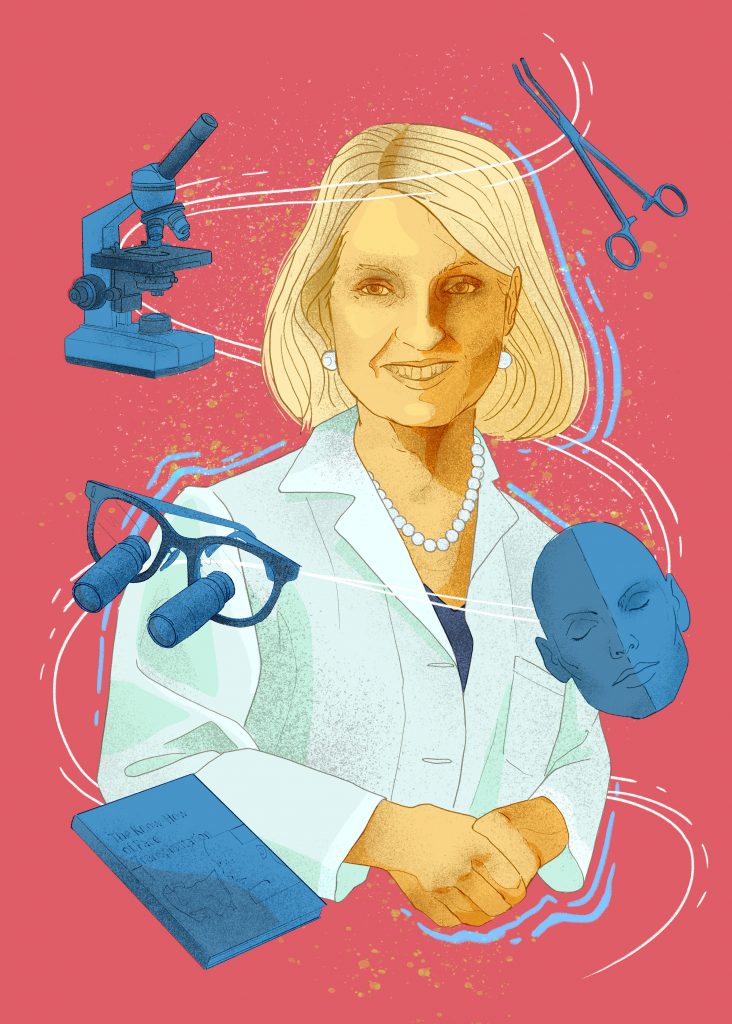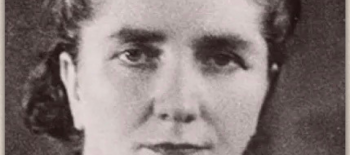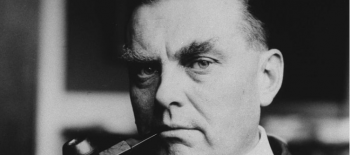Release date: May 27, 2021
Part of Outstanding Polish Women campaign
A distinguished surgical pioneer who performed the first full face transplant in the United States.
‘If you have dreams, you have to be stubborn, and then you can achieve something. Nothing happens overnight’, says Professor Maria Siemionow. Through a lifetime of perseverance and hard work, she overcame challenges that sometimes seemed impossible to handle. Preparing for one of the world’s first near-total face transplants took her 20 years.
She was born in 1950 in Krotoszyn, Poland. She graduated from the Poznan University of Medical Sciences with a specialization in orthopedics and trauma surgery, and a particular interest in microsurgery. Medicine was a natural choice for Siemionow, because she liked helping people. In 1985, she moved to the United States, to Louisville, Kentucky, which at the time was home to the world’s best-known for hand surgery and microsurgery. Kentucky was then undergoing a rapid transition from a predominantly farm-based economy to manufacturing, which posed risks for inexperienced machine operators. Fingers, hands, feet, and even legs were sometimes cut off, and Professor Siemionow sewed them back on.
During her travels for the Physicians for Peace medical training programme, Professor Siemionow treated children with hand and face burns in Turkey and Mexico. But conventional skin grafts were not enough to reconstruct a face. ‘I think that was the moment I subconsciously started to look for a way of helping those children doomed to a life without a face’, she recalls.
As a professor of plastic surgery, she began to conduct scientific and clinical research on transplants. These studies laid the groundwork for future facial transplants by Professor Siemionow’s research and surgical team and those at many other medical centers. Such operations required not only medical knowledge but also the ability to organize clinical logistics and to assemble and manage a group of talented surgeons, making them set aside individual ambitions to work together as a team.
In 2008, in Cleveland, a team of doctors led by Maria Siemionow replaced 80% of the face of female gunshot victim during a 22-hour operation. It was the most extensive face transplant to date, requiring connecting numerous bones, muscles, nerves and blood vessels. The patient’s jaw and palate, upper lip, cheeks, nose and lower eyelids were completely rebuilt, allowing her to recover the senses of taste and smell along with the ability to breathe, speak and eat independently.
Only about 40 patients around the world have had a face transplant. Professor Siemionow has performed three of these surgeries. In 2014, she led a unique procedure in which she replaced all the skin and hair on a man’s head, including the eyebrows, eyelashes and all facial muscles. Her most recent transplant of this type, enabling the restoration of all facial functions, was performed in May 2017. The patient, at less than 20 years old, was the youngest person in the world to undergo such a procedure.
Today Professor Siemionow is the head of microsurgical research at the University of Illinois in Chicago. For 20 years she has been doing pioneering research on chimeric cells (composed of material from both the organ donor and the recipient) with the potential to revolutionize transplantology and help fight many often incurable diseases. Chimeric cells do not require immunosuppressive drugs, which may degrade the body’s ability to fight disease and lead to cancer. Professor Siemionow has developed several novel therapies in this field for previously untreatable diseases such as Duchenne muscular dystrophy and sarcopenia.
Professor Siemionow’s research has been published in hundreds of books, textbooks and scientific articles. She has been awarded one of Poland’s highest decorations: the Commander’s Cross of the Order of Polonia Restituta. She often visits Poland and helps medical students to apply for internships in the U.S. She says: ‘Books and medals will outlast us, but most important is what remains in the minds of the young people we have inspired, because this will be passed down from generation to generation.’




